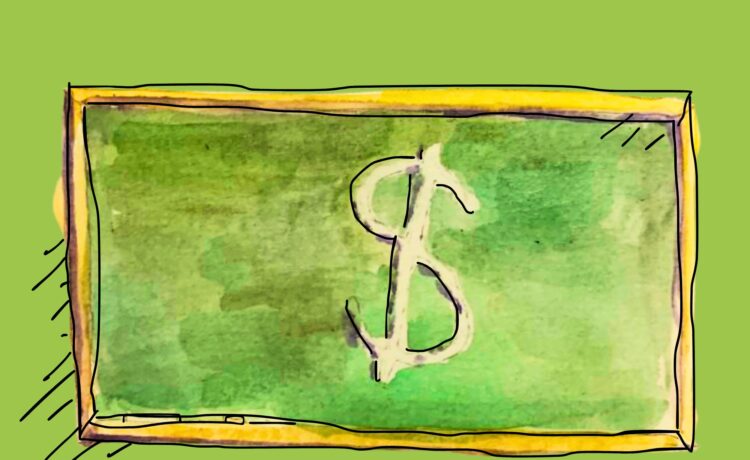Stocks rise and fall, companies change hands and inflation rates change, but if there is one thing that is constant about the economy, it is the average American’s detachment from it.
The mood we’re kicking off 2024 with is a grim one: The Wall Street Journal recently reported that there is a “striking disconnect between the widely shared pessimism among Americans and measures that show the economy is actually robust.” CNBC seconded the sentiment with the question, “why does the average American feel so bad about an economy that’s otherwise considered strong?”

There are a lot of valid reasons to still feel angry with the economy — global conflict, continued high prices and the general chaos of American elections, to name a few. But, I think it’s almost darkly comical that this disconnect has even “puzzled” economists, as the Wall Street Journal puts it.
It begs the question: When has the average American actually stood a chance at understanding economics and finances?
The financial literacy rates in America are abysmal. “Only about one-third of Americans have a working understanding of interest rates, mortgage rates and financial risk,” Time says, which is “estimated to have cost Americans more than $415 billion in 2020 alone.”
It doesn’t surprise me, then, that Americans don’t behave toward the economy the way specialists might expect if we barely even have the tools to understand basic financial information.
A report conducted by Champlain College graded every state on their financial literacy education to high schoolers and only seven out of the fifty received an A. I was unsurprised to find that my home state of California received an F, considering that the extent of my financial education was a half-semester class in economics, with not even a mention of a 401k or Roth IRA. Massachusetts also received an F.
Our schools are not teaching us the tools to thrive, which consistently hurts Americans and disproportionately affects BIPOC individuals.
Educational systems’ approaches to education need to change. Instead of offering the standard algebra, pre-calc, calculus pathway, there should be an option to take mathematical finance or a more intersectional economics course.
Increasing financial literacy classes have proven benefits to students and communities. The Financial Industry Regulatory Authority’s Investor Education Foundation conducted a study released in 2015 that studied Georgia, Texas and Idaho, states that all have required financial education. Credit scores increased and delinquency rates decreased.
Selfishly, I also believe that offering alternative financial math classes would make people like math more. When I tell people I’m a math major, I usually get some mixed form of disgust and horror, and honestly, it’s a fair reaction. So many people are put off by math because a lot of the math that we get taught in school feels unrelated to both personal life and many of the careers that people are pursuing.
Not many of us are actually interested in tangent lines and rates of change, and a lot of people simply are not going to use some of the math we learn in high school — or at least not know how to apply it to personal matters.
Teaching finance-specific math, like compound interest and investment related probability, could have a much more direct impact on people’s lives. A lot of people don’t have the luxury of generational financial knowledge.
Money fundamentally runs America — what’s the point of learning English and Science in high school if we don’t also learn how to actually live our lives?

















